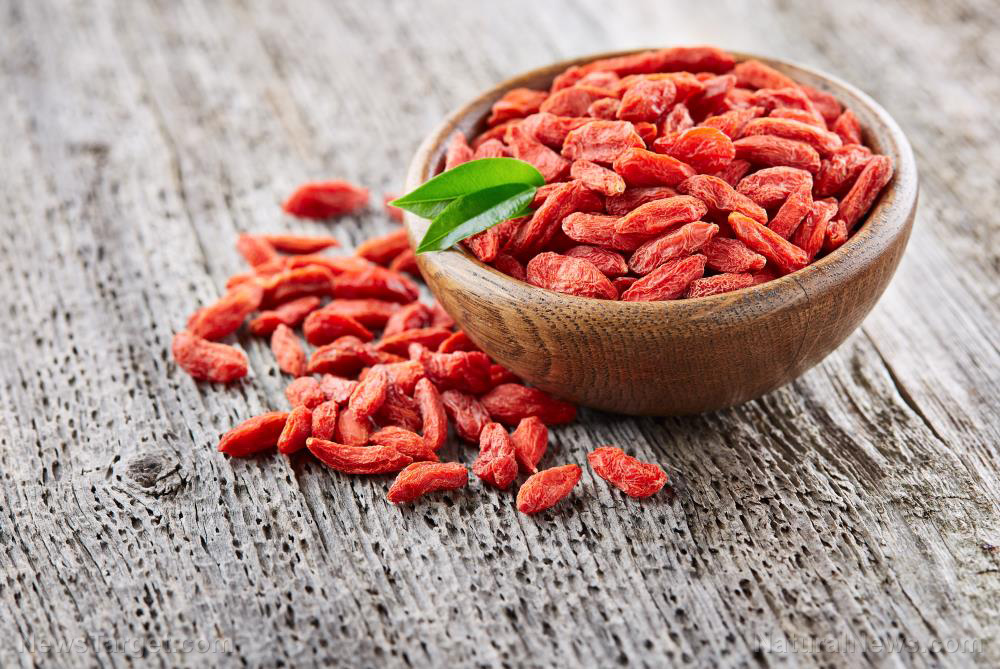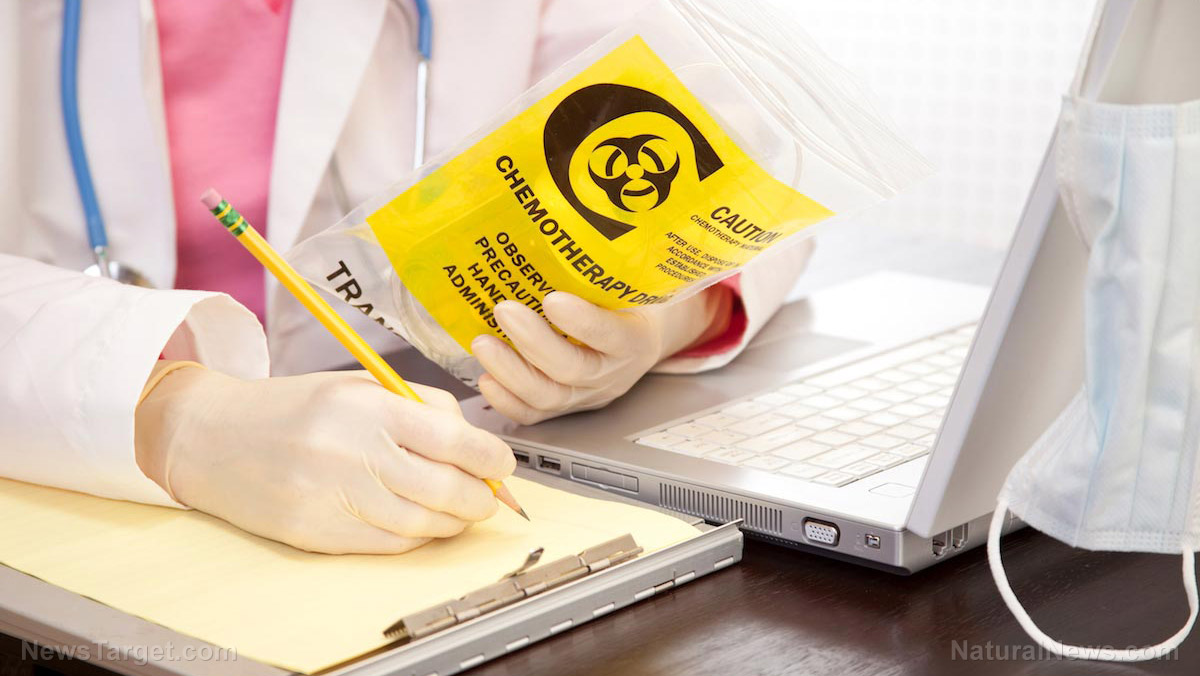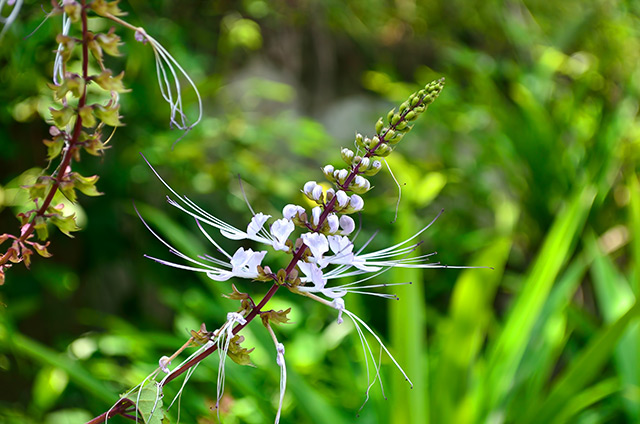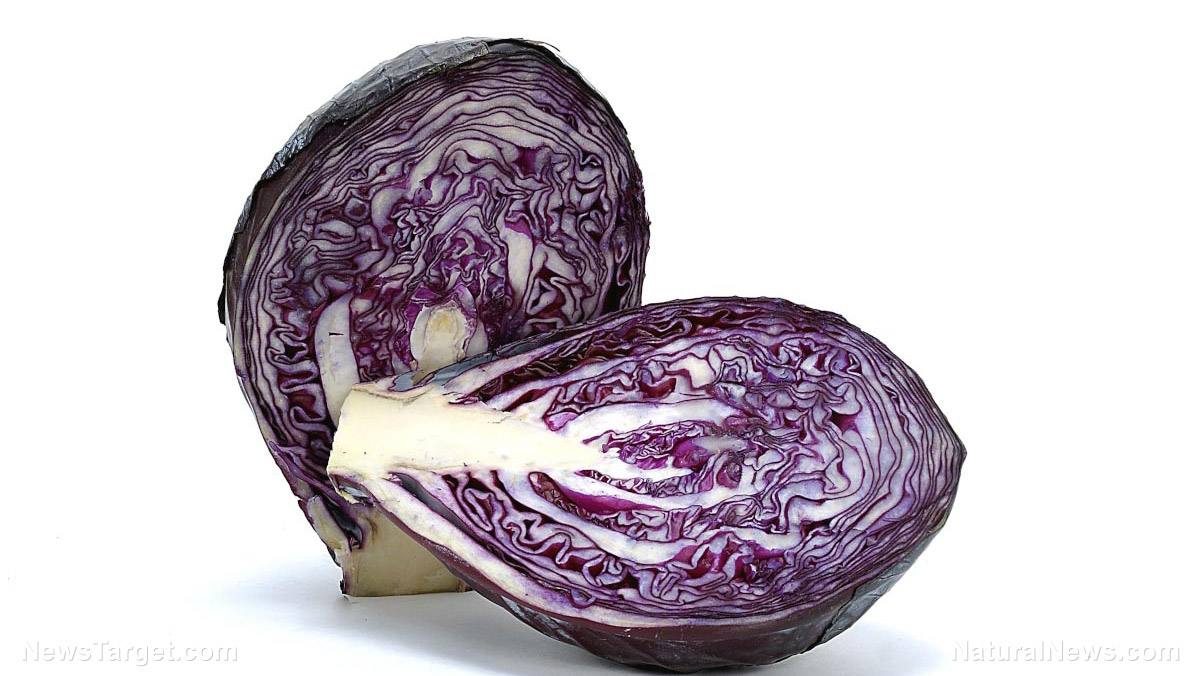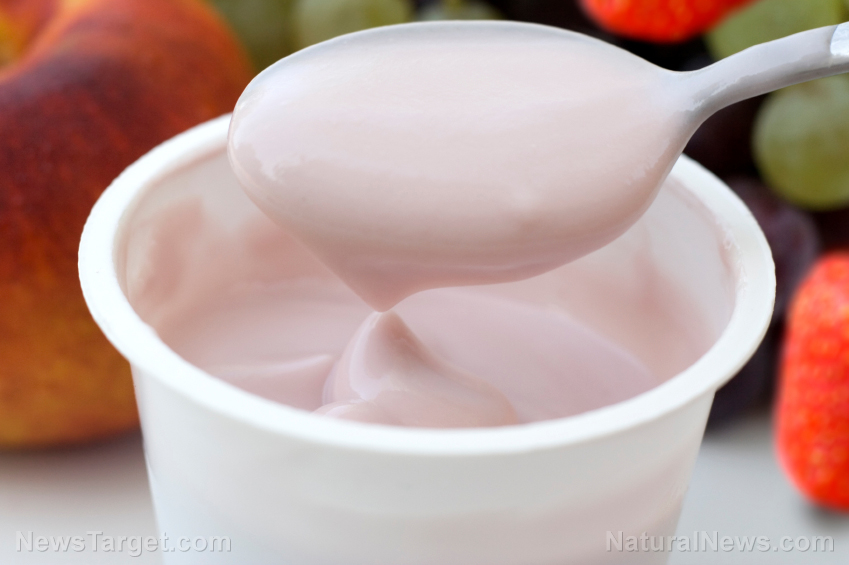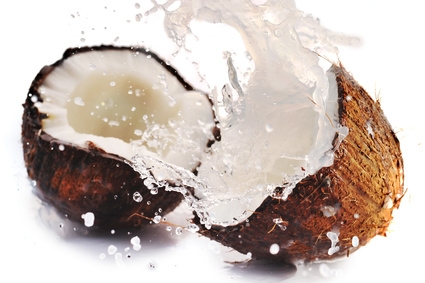Vitamin C therapy delivers astounding results to septic shock patients
09/16/2018 / By Isabelle Z.
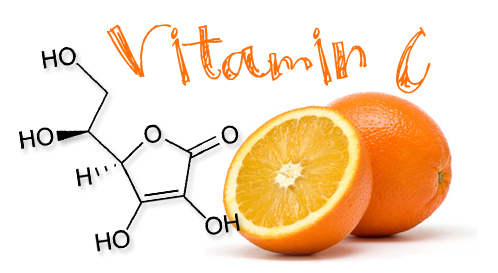
When you hear something being deemed a “miracle cure,” it’s normal to dismiss it as hype. It often turns out that someone is just trying to sell you something or exaggerating. In fact, this language is so common in internet click bait headlines that it can be hard to take such claims seriously. The story is different, however, when doctors are the ones making such a claim. They tend to be a rather skeptical group, so when they say that something is a miracle cure, it’s time to sit up and take notice.
The cure that has so many doctors talking in superlatives isn’t some cutting-edge technology or ridiculously overpriced pill. Instead, it’s something we’ve all heard of and have all tried before: vitamin C. This vitamin, easily found in foods like kiwi and oranges, is showing incredible promise as a sepsis treatment.
Sepsis occurs when the body’s inflammatory response overreacts to an infection, and this often leads to a serious drop in blood pressure, organ failure and death. It does not have a proven cure at the moment, which is bad news for the more than 1 million Americans it strikes each year. An average of 700 Americans die of sepsis each day.
These statistics could soon change dramatically as a treatment devised by Dr. Paul Marik makes its way into the mainstream. His cocktail sees intravenous vitamin C administered in conjunction with vitamin B1, or thiamine, and corticosteroids.
The first patient he tried it on was a 48-year-old woman who was dying of septic shock in his intensive care unit. He didn’t think she’d make it through the night, and he was stunned when he found her dramatically improved the next morning. She went on to recover completely.
Over the next seven months, he gave his cocktail to 47 more patients and compare the results with a control group of patients who had been given the standard treatment in the previous seven months. While only 8.5% of the patients who were given the protocols died, 40.4% of the control patients passed away. In addition, the treated patients who did die didn’t succumb to septic shock; it was their underlying conditions that ultimately killed them. When he tested it on a further 150 patients, only one person ended up dying from sepsis.
He’s been using this treatment in a Virginia hospital since 2016, and its success rate has been so incredible that some doctors were initially convinced he was lying.
Emory University Critical Care Surgeon Dr. Craig Coopersmith said: “This is something which, if proved to be true, would be a game-changer, almost a miracle cure, honestly.” Dr. Coopersmith has seen it work firsthand, saving the life of the patient whose chance of dying was almost 100 percent and enabling them to leave the ICU within a week.
Effective, safe and affordable
Not only is it remarkably successful in treating sepsis, but it’s also very safe and does not have any side effects, complications, or precautions. It’s also an incredibly affordable therapy, with Dr. Coopersmith telling NPR: “It’s not going to be the equivalent of a new drug in cancer or hepatitis, which costs $50,000 to $100,000 and you have to make the decision if insurance doesn’t cover it, whether or not to mortgage the house and give away your inheritance. This is something that’s going to be very, very cheap and accessible throughout the world.”
Dr. Marik believes this approach is effective because the sepsis reaction creates a large amount of damaging reactive oxygen; vitamin C neutralizes this molecule. Further studies are currently underway around the world, but lots of doctors are already using it and it’s widely expected to revolutionize the way sepsis patients are treated in ICUs.
Sources for this article include:
Tagged Under: alternative medicine, discoveries, ICU, Intravenous vitamin C, natural cures, natural medicine, natural remedies, nutrients, remedies, sepsis, septic shock, vitamin C, vitamin C therapy, vitamins

